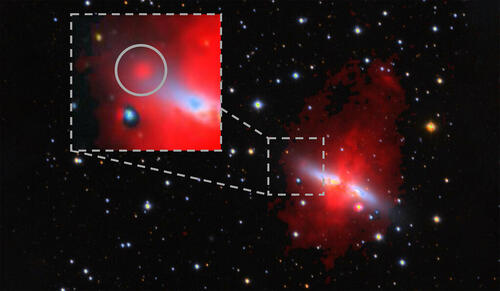
The new, improved Dragonfly is a galactic gas detector
The Dragonfly telescope is undergoing a metamorphosis.
For the past decade, the Dragonfly Telephoto Array — designed by Yale’s Pieter van Dokkum and the University of Toronto’s Roberto Abraham and located in New Mexico — has conducted groundbreaking science by detecting faint starlight within dimly lit parts of the night sky. The telescope uses clusters of telephoto lenses to create images, much the way a dragonfly’s eyes gather visual data.
The telescope has spotted previously unseen “fluffy” galaxies, diffuse dwarf galaxies, and galaxies with little or no dark matter.
“There are going to be some incredible images from Dragonfly in the next few years,” said van Dokkum, the Sol Goldman Family Professor of Astronomy with a secondary appointment in Physics in Yale’s Faculty of Arts and Sciences. “This new method of detecting gas clouds is opening up a whole new regime of science to explore.”
This article has been adapted from a Yale News article by Jim Shelton. For more information, please see the full Yale News article, and the article in Astrophysical Journal Letters linked below.